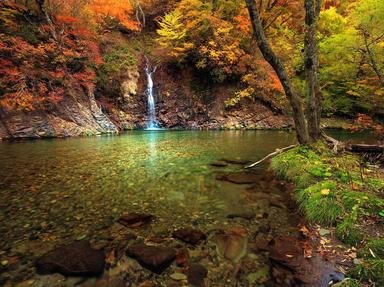Quiz Answer Key and Fun Facts
1. Which of the following resembles a small kangaroo but has the ability to climb small trees and shrubs?
2. Platymantis vitiensis, sometimes called the Levuka wrinkled ground frog, is endemic to which Polynesian country?
3. What is a kea?
4. The taipan is one of the world's most infamous snakes but it is also found in Papua New Guinea (PNG). True or false: the subspecies of taipan found in PNG is a different subspecies from the one found in Australia.
5. The tuatara is a lizard endemic to New Zealand. What is the translation of its Maori name, which highlights one of its external features?
6. The thylacine, or Tasmanian tiger, now extinct, had a much broader range than Tasmania. True or False: Abel Tasman described the thylacine in what was to become the South Island of New Zealand in 1642.
7. The kookaburra is a large bird, native to Australia and Papua New Guinea. It occupies a special place in the Australian culture, but which of these would you NOT associate with this common bird?
8. The koala is perhaps most identified as an Australian icon but where is it actually found?
9. The saltwater, or estuarine, crocodile is native to the northern part of Australia, Papua New Guinea and the southern coastline of Southeast Asia. What is its scientific name?
10. The barramundi is a fish that is seen to be Australian but is its habitat limited to Australian waters?
Source: Author
1nn1
This quiz was reviewed by FunTrivia editor
rossian before going online.
Any errors found in FunTrivia content are routinely corrected through our feedback system.
